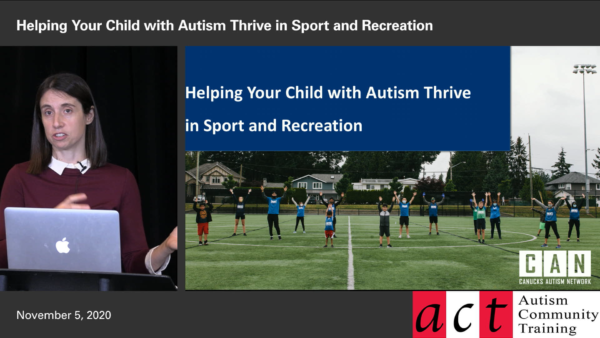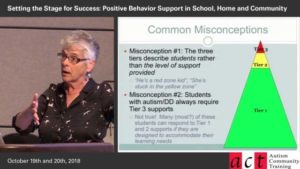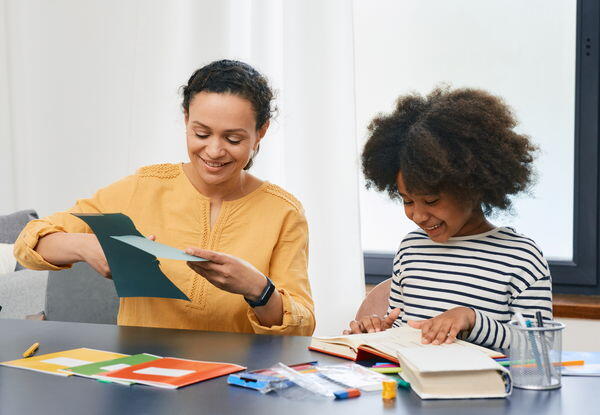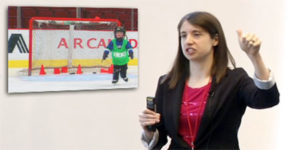An updated version of this video is available – watch it here
It is common for families to experience a lack of success in toilet training a child with autism. As this is a severe barrier to successful inclusion in school and community settings, many families have found Dr. Mirenda’s toilet training approach a huge boost to improving the quality of life of their child and family.
Dr. Mirenda has decades of practical experience in teaching families to succeed even after years of failure. She is acknowledged internationally as an engaging, humorous and thought-provoking speaker who challenges our preconceptions about how to help individuals with ASD and other developmental disabilities.New to this version is a presentation by Katie Rinald on a more intensive approach to toilet training, based on the research she did with a number of families as part of her master’s thesis at UBC. Toilet training can be hard work, but in the end it is the gift that keeps on giving!
About the Presenter
Dr. Mirenda is acknowledged internationally as an engaging, humourous and thought-provoking speaker who challenges our preconceptions about how to help individuals with ASD and other developmental disabilities. A professor in the Department of Educational and Counselling Psychology and Special Education at UBC, Pat lectures internationally and has published widely on inclusive education, developmental disabilities, autism, augmentative communication, and positive behaviour support. She is currently co-investigator for a Canada-wide research study examining developmental trajectories of 500 young children with autism over a five-year period. For over a decade, Dr. Mirenda has been a tremendous source of insightful expertise on how to include people with development disabilities in our community by providing them with quality support and education. Katie Rinald is a Behaviour Consultant with Coast ABA.
Part 1: Introduction and Myths About Toilet Training (12:24)
Links to resources mentioned in this part:
- Toilet Training Products https://www.mylilmiracle.com/






